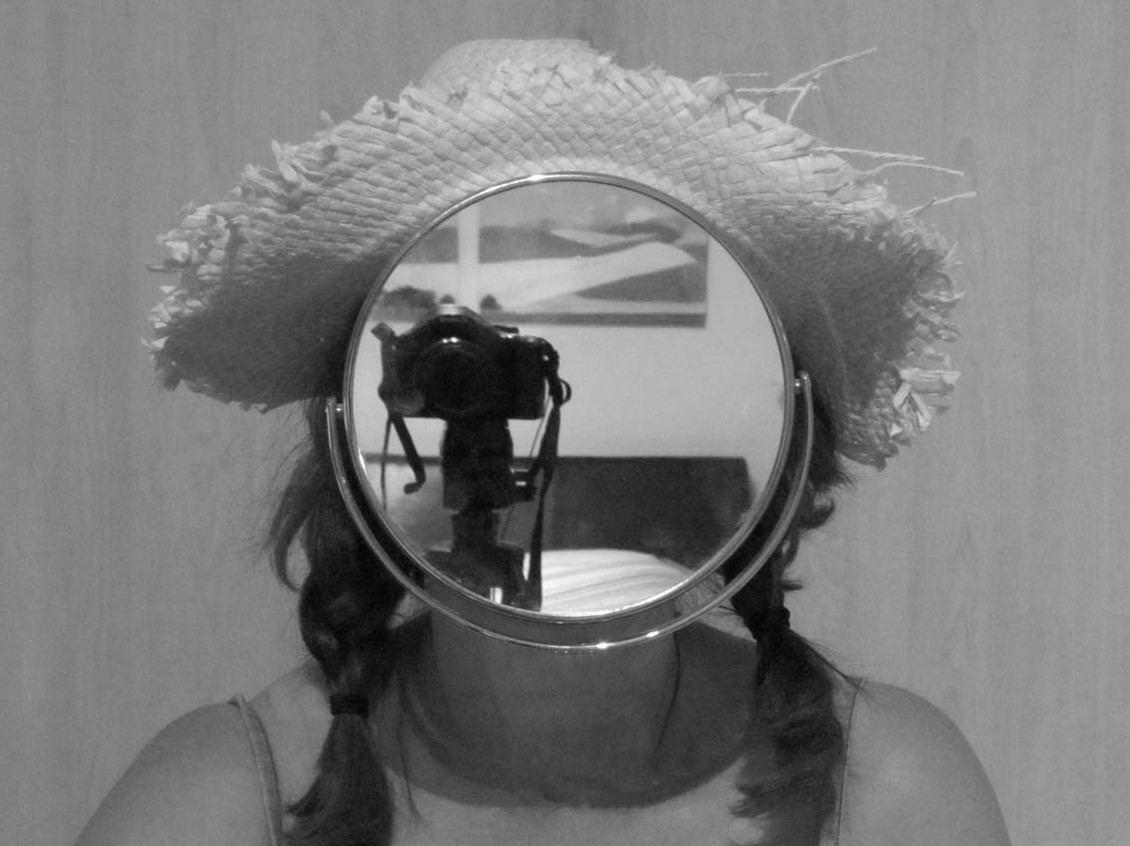When you sit down to meditate, you’re meeting yourself – not some higher, purified version of you, not a shadowy, hidden self, just you as you are in that moment.
Some days, you meet a restless mind, jumping from one thought to the next. Other days, you encounter exhaustion, doubt, or frustration. And sometimes, there’s clarity and stillness.
But no matter what shows up, it’s you.
Meditating is like looking in a mirror. If you tend to be anxious, that anxiety will reflect in your sitting. If you’re judgmental, that voice will echo back to you. If you’re prone to constant planning, your mind will do the same on the cushion.
So if meditating is meeting yourself, Who is the one noticing all of this?
When we meditate, we experience ourselves on two levels. First, there’s the Ego-Self – the mental framework that shapes our identity (who we believe we are) and perception (how we interpret the world). Then there’s the Observer-Self – the part of us that sees what’s happening instead of being swept away by it.
Critically, the ego-self isn’t an enemy. It’s simply the part of you that organizes experience – your habits, identities, and internal narratives. It’s the voice that chimes, I need to fix this, I don’t like how this feels, or I’m special and people need to see that.
When you sit down to meditate and immediately start thinking about your to-do list, replaying a conversation, or fantasizing about a ski trip, that’s the ego-self at work. It’s not a failure of meditation– it’s simply you being you in that moment.
The ego isn’t bad. It helps you function – handling responsibilities, forming relationships, setting goals.
But when we become caught in Ego-Myopia – so identified with the ego that we mistake it for our entire self – we lose the ability to step back and see clearly. That’s where the Observer-Self comes in.
At some point while meditating, you’ll notice, I’m thinking a lot right now, I feel restless, or there’s a pinching sensation in my foot.
The moment you recognize what’s happening instead of being consumed by it, something shifts.
This is the Observer-Self – the part of you that watches instead of reacts. It’s the difference between drowning in a river and standing on the bank, watching the water flow.
Paraphrasing Zen ancestor Dogen Zenji: Our thoughts are like clouds moving across the sky of Big Mind. The Ego-Self is caught inside the clouds. The Observer-Self watches from the ground. The sky is full of movement, but you’re no longer lost inside the storm.
This is a crucial shift in meditation – learning to toggle between ego-identification and self-awareness. But awareness alone doesn’t change much. It reveals what’s already there.
Awareness is like a mirror – it reflects what’s there, but it doesn’t change anything
If, for example, you notice a habit of self-criticism, awareness lets you see it. But if you habitually judge yourself for being judgmental (Ugh, why am I always like this?), you’re just adding another layer of ego.
Our evolution is fueled when we stop fighting what we see and instead allow it to be.
This is why meditation isn’t about getting rid of the ego. I hear people speak of trying to dissolve the ego or escape it, but that’s not how it works. The ego is simply a construct – a tool, not a trap. The problem isn’t that we have an ego – it’s that we become ego-myopic, completely identified with it.
To be clear, meditation doesn’t erase the ego – it makes it more spacious and gives us the ability to see our patterns rather than be dominated by them. Over time, this spaciousness softens the edges of the ego, weakens old habits, and creates room for change and evolution.
Meditation practice enables our shift from ego-identification to self-awareness. Then we can leverage awareness to do the deeper work of holding those patterns with compassion.
That’s where we go next: How does self-acceptance reshape the ego, rather than just witnessing it? Stay tuned for Part 2.
